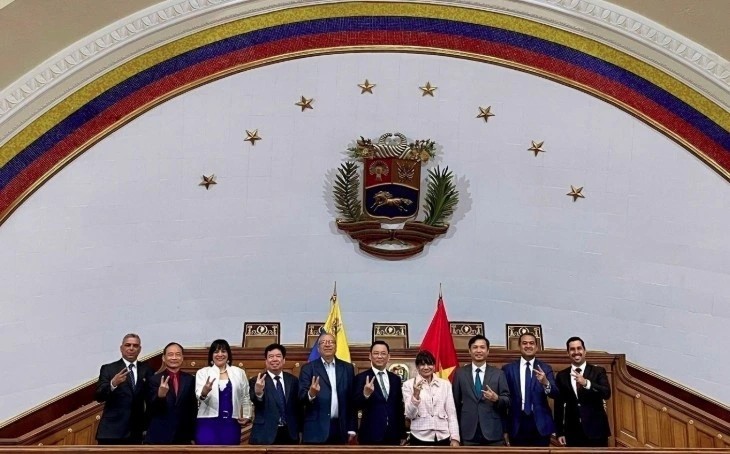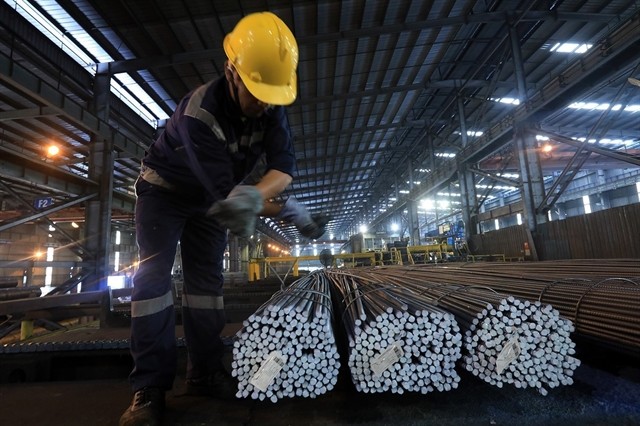Vietnam's Coffee Prices Has Potential to be Highest in the World in 2024
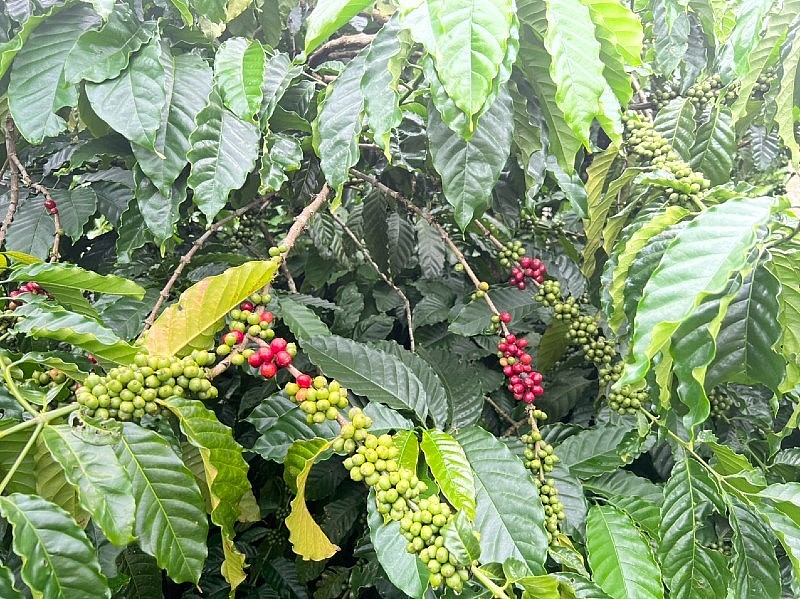 |
| Coffee plants in a farm in Dak Mil district, Dak Nong province. Photo: Nhung Bui |
The 27th annual Asia International Coffee Conference was held in Ho Chi Minh City on December 5. The conference primarily focused on summarizing the state of global coffee production in the 2022/2023 crop and outlining development directions for the 2023/2024 crop.
Nguyen Nam Hai, chairman of the Vietnamese Coffee and Cocoa Association (VICOFA), said that Vietnamese coffee is entering the new crop year 2023/2024 and has harvested about 50% of its output.
Due to adverse weather, it is expected that in the 2023/2024 crop, Vietnamese coffee output will decrease compared to the previous crop year.
In particular, right from the beginning of this crop year, the price of Vietnamese green coffee has been at a high level, about VND60,000 (US$2.47)/kg - something that has never happened in the history of the Vietnamese coffee industry.
This move is similar to the world coffee market, when the price of Robusta coffee on the London floor in 2023 reached its peak in the past 10 years.
"From now until April 2024, Europe can almost only rely on Vietnam to buy Robusta coffee. Therefore, it is likely that coffee prices in Vietnam will continue to increase and may be at the highest level in the world in 2024," said Nguyen Nam Hai.
Sharing the same opinion, Do Ha Nam, chairman of the Board of Directors of Intimex Group predicted that in the 2023/2024 crop year, Vietnam's coffee output is expected to decrease slightly to about 1.6-1. 7 million tons, compared to 1.78 million tons in the 2022/2023 crop year.
He believed that coffee prices would continue to increase and establish a new price level. "Vietnamese coffee prices will continue to increase at least until April 2024 until Indonesia and Brazil enter the new harvest," Nam said.
Intimex representative explained that the decrease in output is due to the shrinking area of Vietnamese coffee cultivation, especially in provinces and cities with large coffee areas such as Dak Lak and Dak Nong.
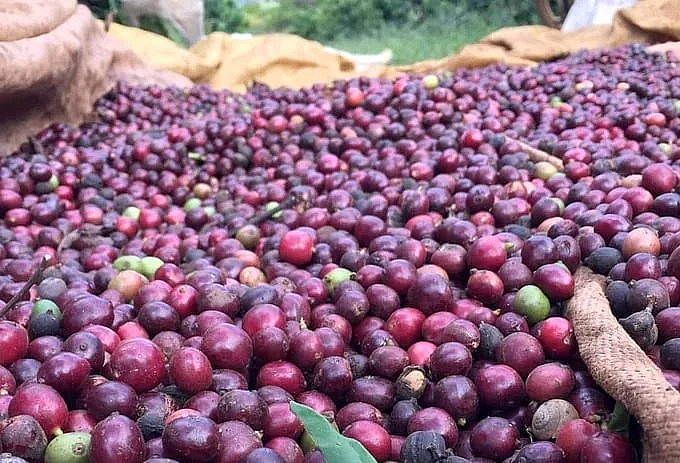 |
| Photo: vietnamagriculture |
Accordingly, the total coffee area in the country may only be about 600,000 hectares, compared to the latest estimate of the Ministry of Agriculture and Rural Development of 700,000 hectares, as farmers cut down coffee trees to grow more profitable crops such as durian and avocado.
Data from the General Department of Customs shows that within 11 months of 2023, Vietnam's coffee exports are estimated to reach approximately 1.38 million tons and bring in US$3.54 billion, down 12.9% in volume and 2.5% in value compared to the same period last year.
Accumulated for the first 11 months of 2023, Vietnam's average coffee export price is estimated to reach US$2,570/ton, an increase of 11.9% over the same period in 2022.
| According to Nguyen Nam Hai, the global coffee industry must be developed in association with green growth in the context of rapidly declining coffee production. Therefore, the global coffee industry must establish an appropriate action plan from the beginning of the 2023/2024 crop in compliance with the European Union's regulation on deforestation-free products (EUDR), mechanisms governing the boundaries of carbon credits, and the certification of carbon credits. The phased implementation of these programs will demonstrate the global coffee industry's commitment to environmental protection, nature conservation, and minimizing the adverse impacts of climate change. |
 | A Guide to the Most Inclusive Coffee Shops in Hanoi Find out more about special shops in the capital city with one of the most under-represented talent pools - workers with disabilities. |
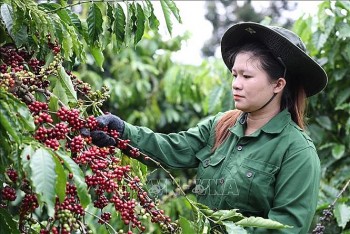 | Algeria - A Potential Market for Vietnamese Coffee From January to October 2023, Vietnam's coffee exports to Algeria reached 52,174 tons, with a turnover of US $116 million, an increase of 52% in ... |
 | The EU is Vietnam's Largest Coffee Import Market Currently, Vietnam's largest coffee import market is the EU, followed by the US and Japan. |




